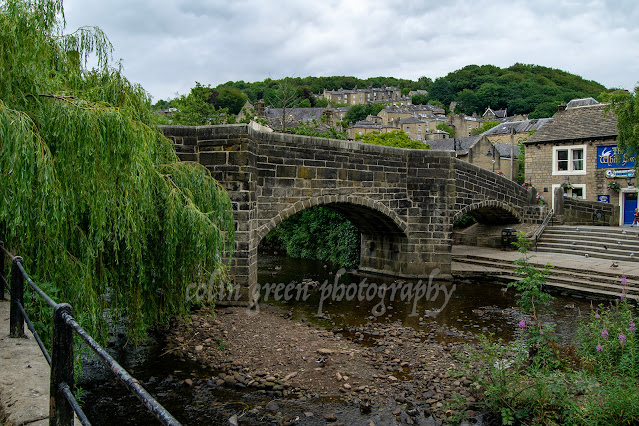In the heart of our community, standing silent yet full of untold stories, lies the Puzzle Hall Inn. More than just bricks and mortar, this familiar landmark has witnessed generations of laughter, camaraderie, and the clinking of tankards. For those of us who call this place home, the sight of its weathered facade evokes a sense of history, a tangible link to the past.
Opening its doors in the late 1700s, the Puzzle Hall Inn quickly became a fixture in local life. Imagine the bustling conversations that echoed within its walls, the warmth of the hearth on a cold evening, and the lively atmosphere fueled by its very own brews. Yes, for a significant period after its inception, this wasn't just a place to drink beer, it was a place where beer was born. The very air would have carried the malty aroma of fermentation, a testament to a truly local enterprise.
That era of independent brewing came to a close in 1935 when Ward's of Sheffield took the reins. While the brewery taps may have changed, the Puzzle Hall Inn continued its role as a social hub, a place where friendships were forged and local tales were shared over a pint. For decades, it stood as a reliable cornerstone of our community, a place you could always count on.
Then, in the early 2010s, a hush fell over the Puzzle Hall. The doors closed, the laughter faded, and the familiar glow from its windows was extinguished. For many, it felt like a piece of our local identity had gone quiet. The building stood as a poignant reminder of times past, a puzzle indeed, waiting for its missing pieces to be found.
Fast forward to today, and a spark of hope has ignited. A dedicated community group has stepped forward, their vision set on breathing new life into this beloved landmark. The prospect of the Puzzle Hall Inn once again echoing with conversation and cheer is a truly exciting one. It speaks volumes about the enduring spirit of our community and the deep affection we hold for our local heritage.
These glimpses into the Puzzle Hall's silent slumber were captured on a crisp autumn day, the 2nd of November 2013. Taken with a humble Samsung Galaxy, these photographs offer a snapshot in time, a visual testament to the building's stoic presence during its period of quiet contemplation. They serve as a reminder of what was, and perhaps more importantly, what could be once again.
As the community group works towards their goal, we can all look forward to the day when the Puzzle Hall Inn's doors swing open once more, ready to welcome a new chapter in its long and fascinating history. The puzzle may have been still for a while, but the pieces are being gathered, and the picture of a vibrant future is beginning to take shape. Keep an eye out, this local legend may soon be ready to share its stories once again.
























































